Asia Gastronomy Cities
Tsuruoka - UNESCO City of Gastronomy
Tsuruoka sits in Yamagata Prefecture, blending food traditions with scenic landscapes. The city borders the Sea of Japan, creating a mix of mountain and ocean influences. It's the largest city by area in the Tohoku region and is famous for the Three Mountains of Dewa.
This coastal city has roots in the Edo era when it thrived as a castle town. Now, Tsuruoka attracts visitors with its classic architecture, ancient Kurokawa Noh theater, and varied terrain of mountains, rivers, and shores.
- Tsuruoka is recognized by UNESCO for its food culture
- The area grows more than 60 types of traditional crops
- Local dishes feature unique plants from the hills and fresh fish
Why is Tsuruoka's food worth talking about
Tsuruoka's food scene reflects its unique location and cultural background. In 2014, UNESCO recognized Tsuruoka for its food culture, highlighting the city's culinary importance.
The city's food reputation comes from its varied natural surroundings. The Shonai Plain, one of Japan's best rice-growing areas, produces top-quality rice. The nearby hills provide various wild plants and mushrooms, while the Sea of Japan supplies fresh fish.
How many old-school crops can you spot
Tsuruoka takes pride in its zairai sakumotsu or traditional crops. The city maintains over 60 types of these "living cultural treasures," each with its own taste and story.
These traditional crops include:
- Dadachamame: A local soybean known for its sweetness
- Karatori-na: A type of mustard green with a spicy kick
- Tsuruoka Watermelon: A small, sweet watermelon variety
Local farmers have grown these crops for hundreds of years, passing down seeds and growing methods through families. This dedication to keeping old farming practices alive adds a special touch to Tsuruoka's food scene.
What's so great about plants from the hills
Plants from the hills, or sansai, are a big part of Tsuruoka's cooking. These wild edibles, picked from the surrounding mountains, have unique flavors and textures that you can't find in regular vegetables.
Some popular sansai include:
- Kogomi: Young fern fronds with a crunchy texture
- Udo: A mountain plant similar to asparagus with a mild, slightly bitter taste
- Warabi: Fern shoots, often blanched and served with miso
These hill plants often show up in local dishes, adding a wild touch to Tsuruoka's food offerings.
Is seafood a big deal in Tsuruoka
You bet! Tsuruoka's spot on the coast means there's always fresh seafood. The local fish market is busy every day, offering many types of fish from the Sea of Japan.
Some seafood favorites include:
- Sawara: A type of mackerel, considered a top-quality fish
- Amaebi: Sweet shrimp, great for sushi
- Iwagaki: Big rock oysters, a local treat
The city's sushi places show off these sea treasures, giving you a taste of the ocean that's hard to beat.
How does Buddhism affect the food
Tsuruoka's food has a spiritual side, thanks to its link with the Three Mountains of Dewa. The mountains are home to yamabushi, monks who practice Shugendo, a type of mountain worship.
These monks follow a strict plant-based diet called shojin ryori. This Buddhist food style focuses on using local, seasonal ingredients, often including mountain plants and wild greens.
Key parts of shojin ryori include:
- Goma-dofu: Sesame tofu, a main part of the cuisine
- Zenmai: A type of fern, often cooked or used in salads
- Koya-dofu: Dried tofu, soaked and used in various dishes
Visitors can try this unique food at temples like Haguro-san Saikan, where meals are made following old traditions.
Where can you try local foods
Tsuruoka has many places to sample its food specialties. Here are a few spots to check out:
- Foodever: This food market shows off Tsuruoka's food heritage. It has local foods made by expert cooks and includes a food court with various options.
- Shinchaya: Set in a beautiful old building from the Edo period, this teahouse serves traditional Japanese food focusing on local Tsuruoka flavors and seasonal ingredients.
- Al-ché-cciano: For a mix of styles, try this restaurant that combines Italian cooking with local Tsuruoka ingredients. Chef Masayuki Okuda is known for his creative use of local produce, like his famous Dadachamame risotto.
How does Tsuruoka show off its food culture
Tsuruoka is proud of its food heritage and celebrates it through various events and programs. The city has created a program called Tsuruoka Tourism, which invites visitors to experience local food firsthand.
Some activities you can join include:
- Digging for moso bamboo shoots in spring
- Picking Dadachamame in summer
- Learning old pickling methods in autumn
These hands-on experiences give you a better understanding of Tsuruoka's food culture and the work that goes into making its unique ingredients.
When should food fans visit
While Tsuruoka's food scene is lively all year, each season brings its own specialties. Here's a quick guide:
| Season | Specialties |
| Spring | Bamboo shoots, kogomi (young fern fronds) |
| Summer | Dadachamame, watermelons |
| Autumn | Mushrooms, persimmons |
| Winter | Kandara (winter cod), oysters |
For a really unique experience, think about visiting in winter. Despite the heavy snow, you can warm up with hearty local dishes and relax in one of the city's many hot springs.
How can you get the most out of your food trip
To really appreciate Tsuruoka's food culture, consider these tips:
- Try the traditional vegetables: Look for restaurants that use these unique local crops.
- Visit the fish market: Get up early to see the day's catch and taste super-fresh seafood.
- Try shojin ryori: Book a meal at a temple for a taste of Buddhist plant-based food.
- Join a food workshop: Learn about local ingredients and cooking methods firsthand.
- Check out the sake scene: Tsuruoka is in Yamagata Prefecture, known for its excellent sake.
Remember, the key to enjoying Tsuruoka's food is to embrace what's in season and local. Each dish tells a story of the land, sea, and people who have kept this unique food culture going for hundreds of years.
FAQs
What makes Tsuruoka's food stand out?
Tsuruoka's food is special because it mixes influences from the mountains and sea, keeps over 60 types of traditional crops, and is recognized by UNESCO for its food culture. The city's cooking includes fresh seafood, mountain plants, and Buddhist plant-based food, creating a varied and rich food scene.
Can people who don't eat meat find good food in Tsuruoka?
Yes, people who don't eat meat can find great options in Tsuruoka. The city's Buddhist shojin ryori food is all plant-based, using local vegetables, tofu, and mountain plants. Many restaurants also feature the city's traditional vegetables, offering tasty and unique dishes without meat.
Is it costly to visit Tsuruoka?
While prices can change, Tsuruoka is generally seen as a budget-friendly place compared to big Japanese cities. Local food markets and casual eating spots offer affordable ways to try the city's food. However, special restaurants or food experiences might cost more. It's always a good idea to check prices beforehand and plan your spending accordingly.
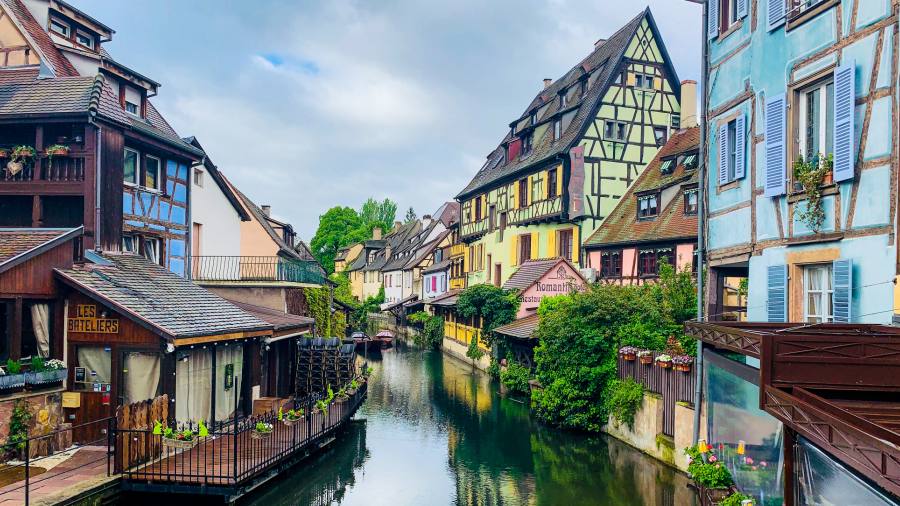

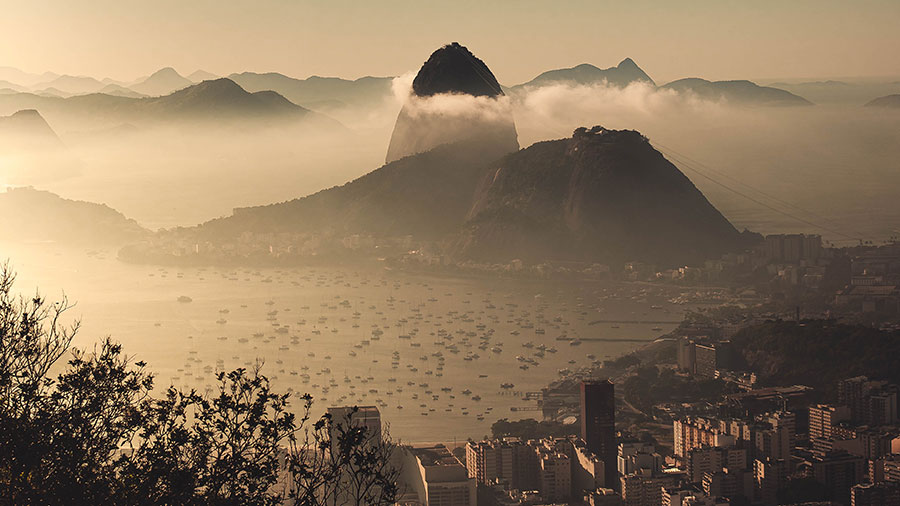
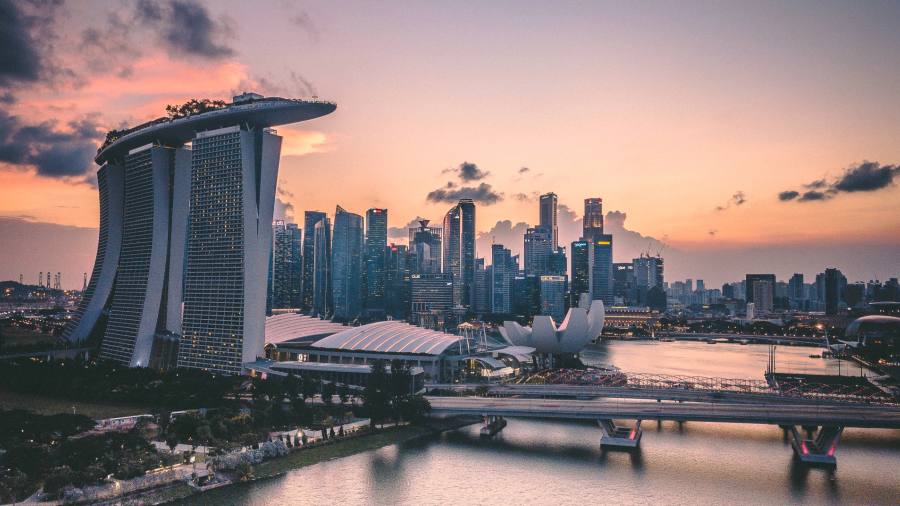
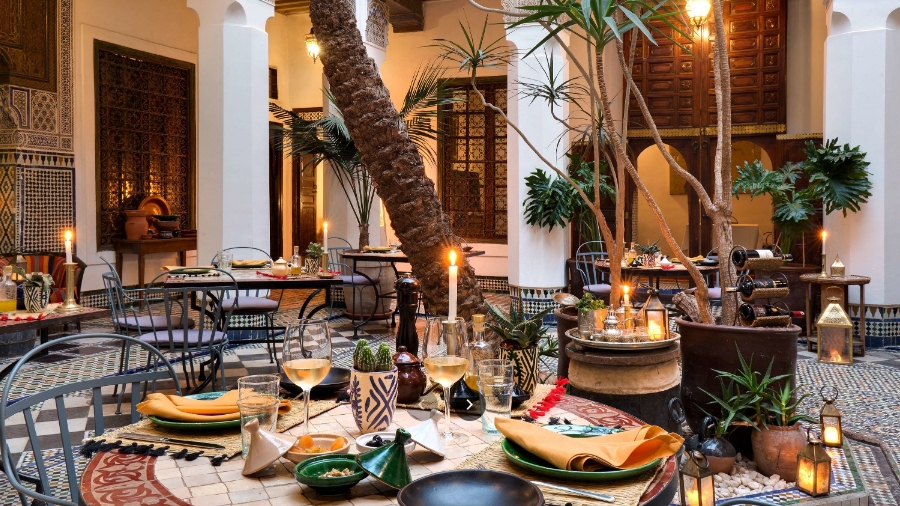


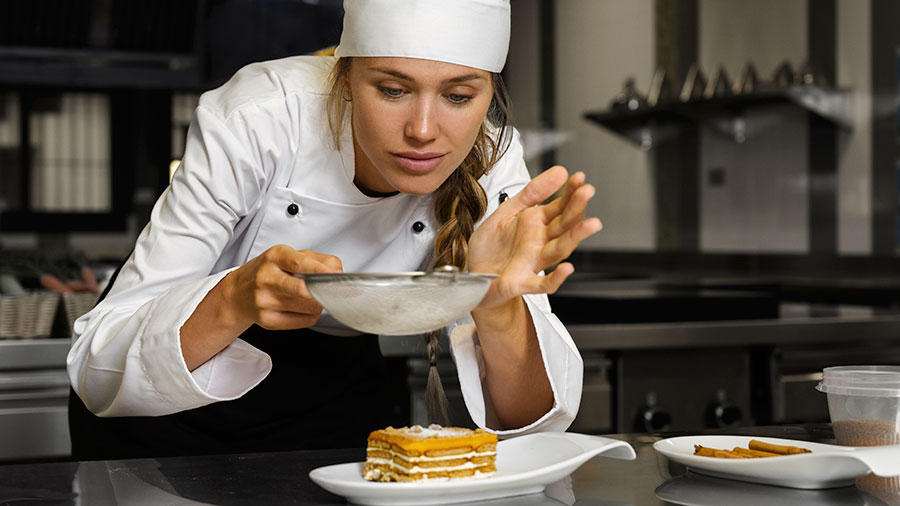

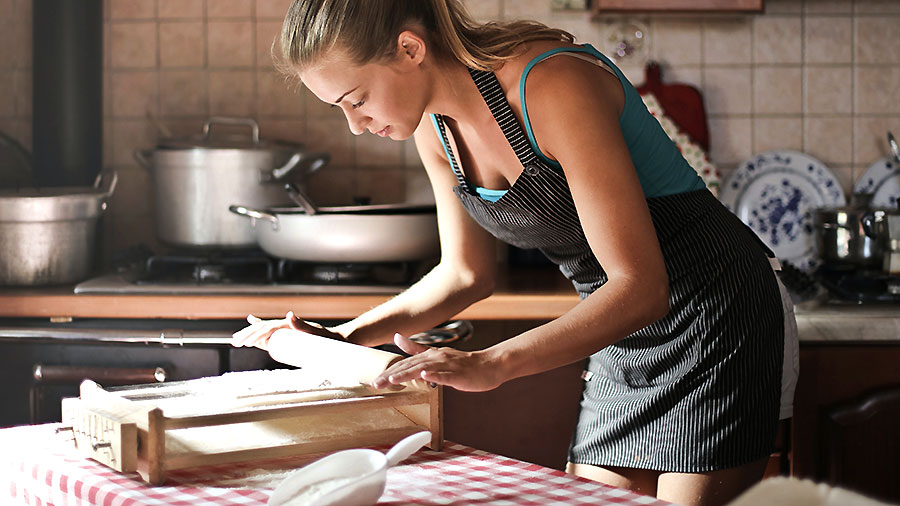

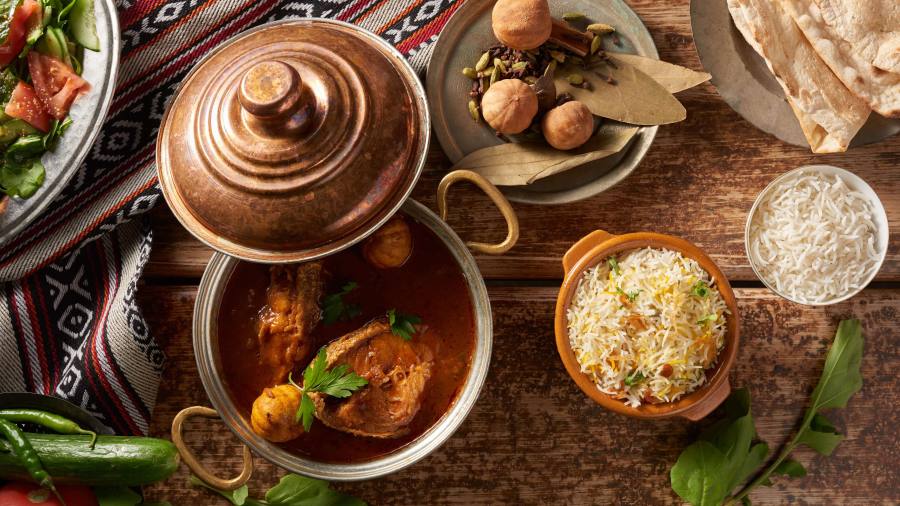
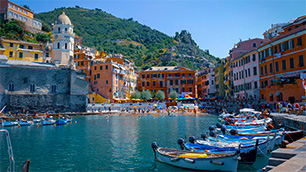 Gastronomy Cities
Gastronomy Cities
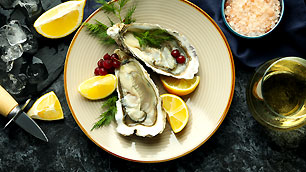 Amazing Food
Amazing Food
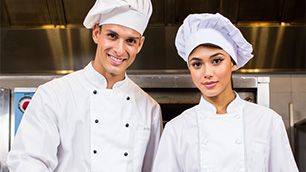 Chef's Talk
Chef's Talk